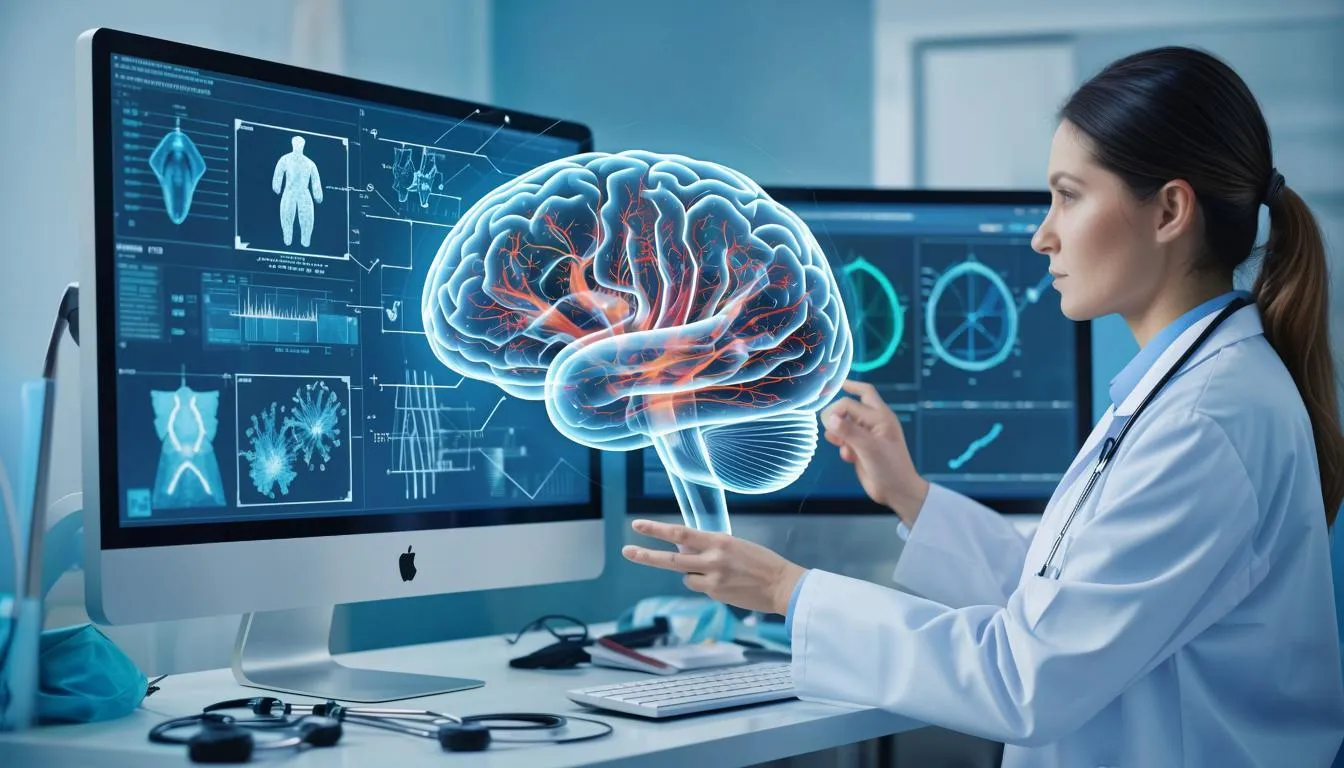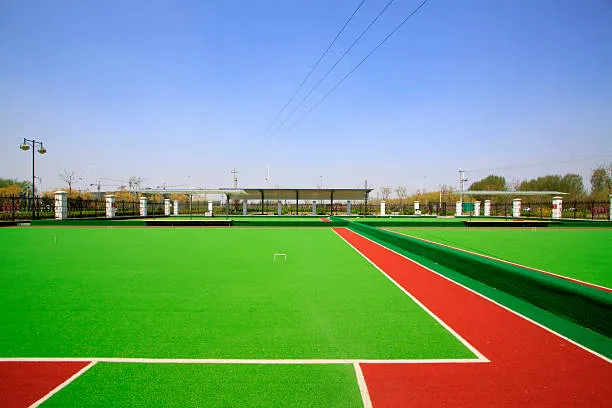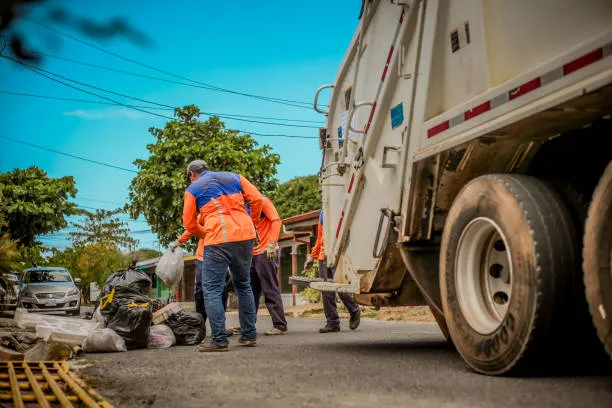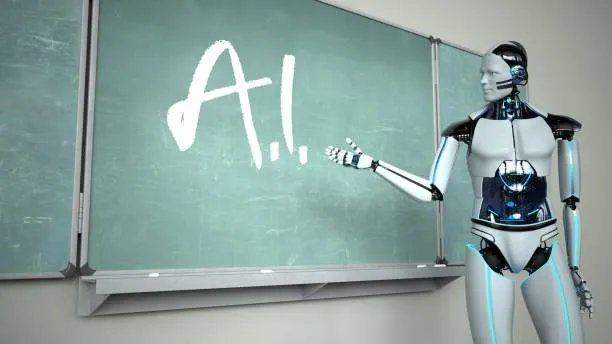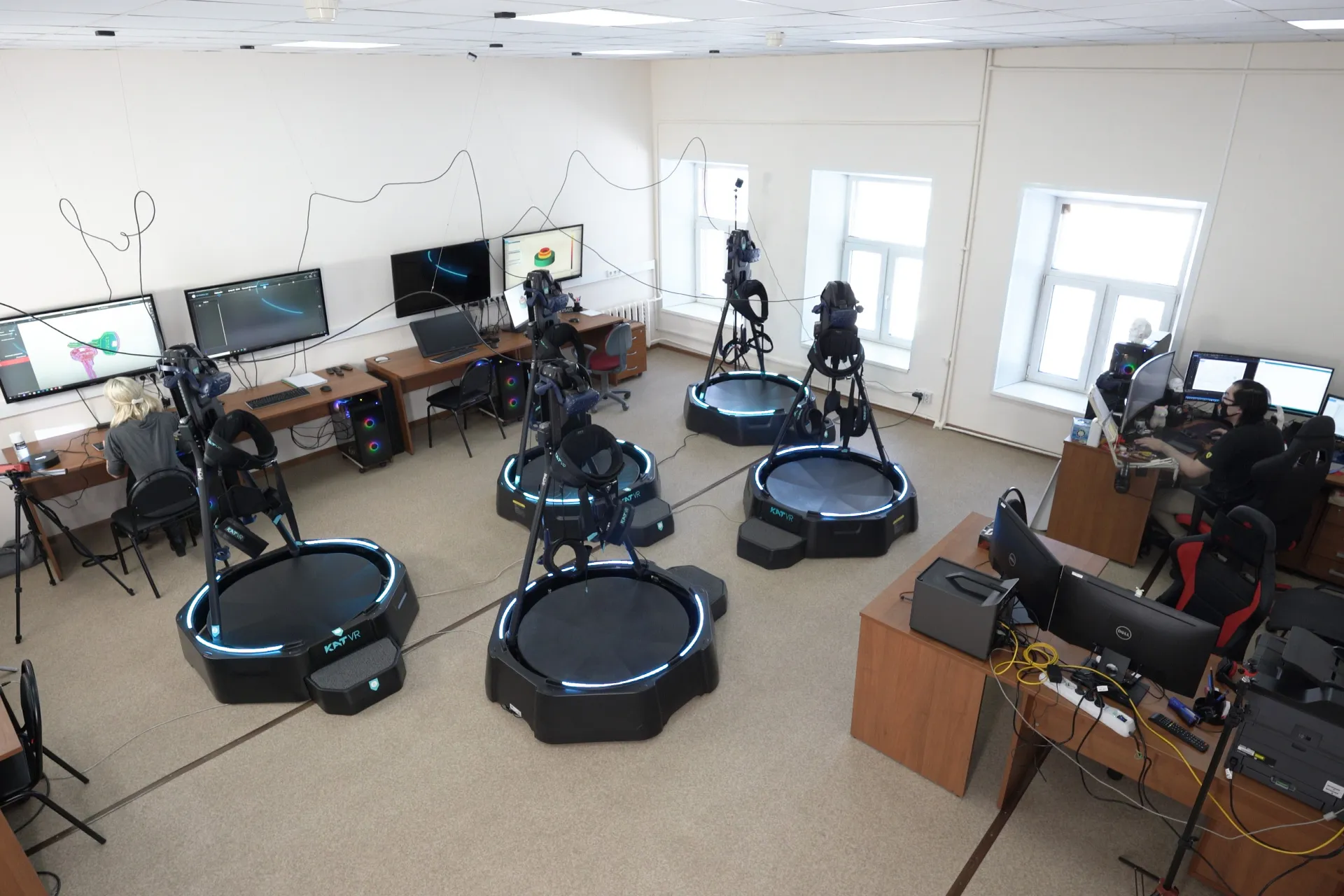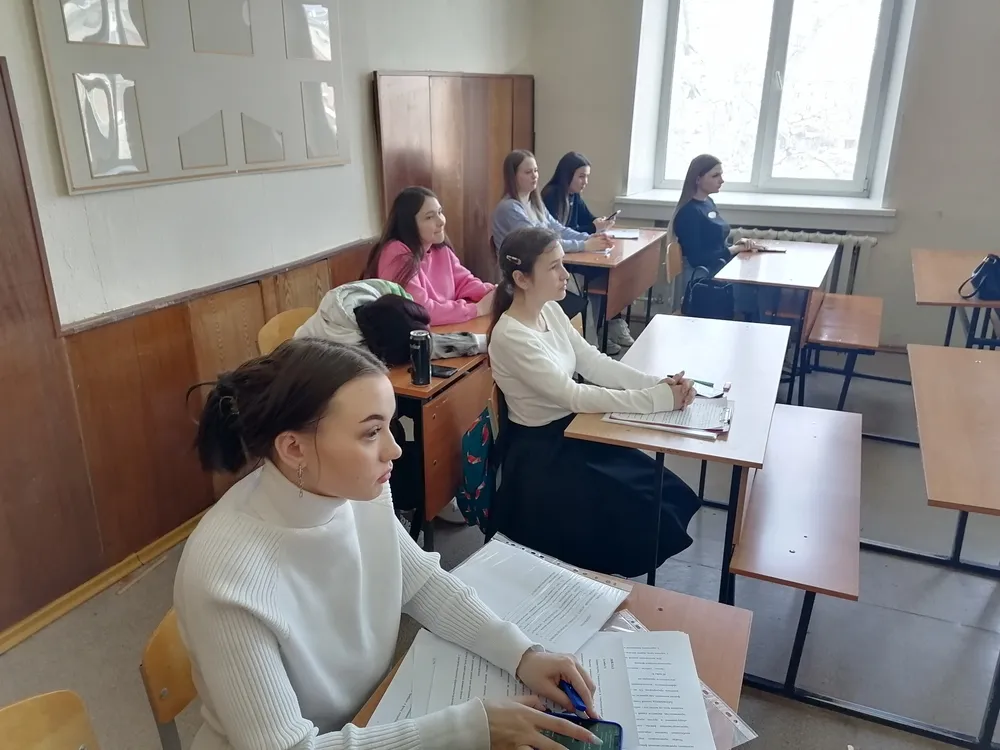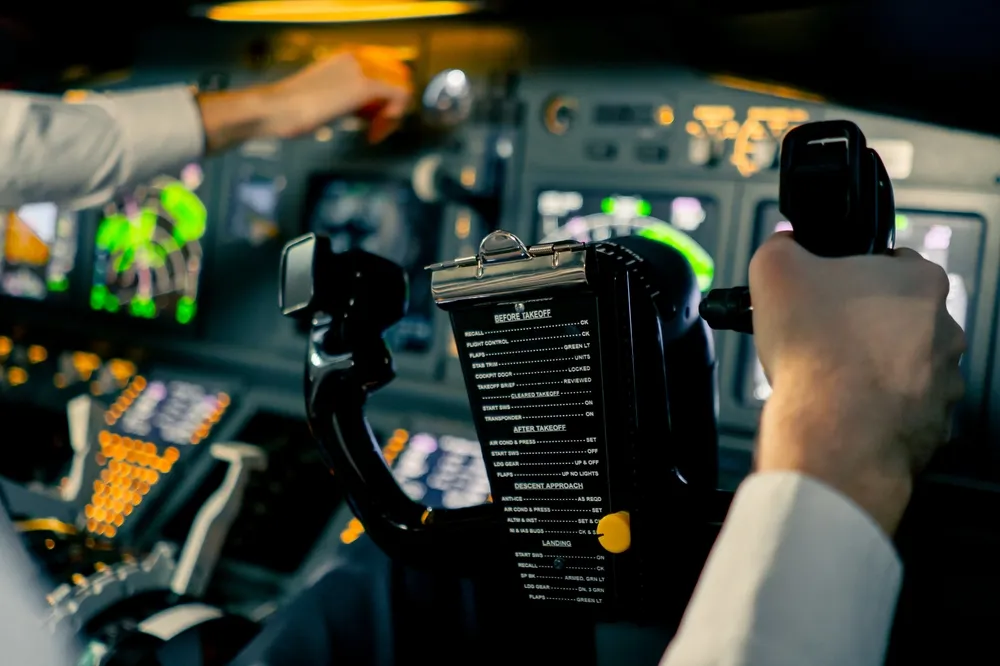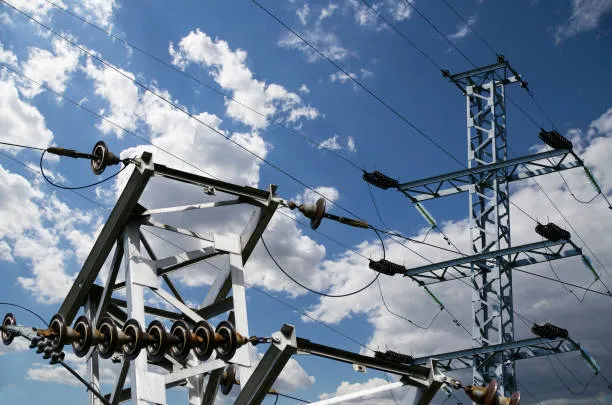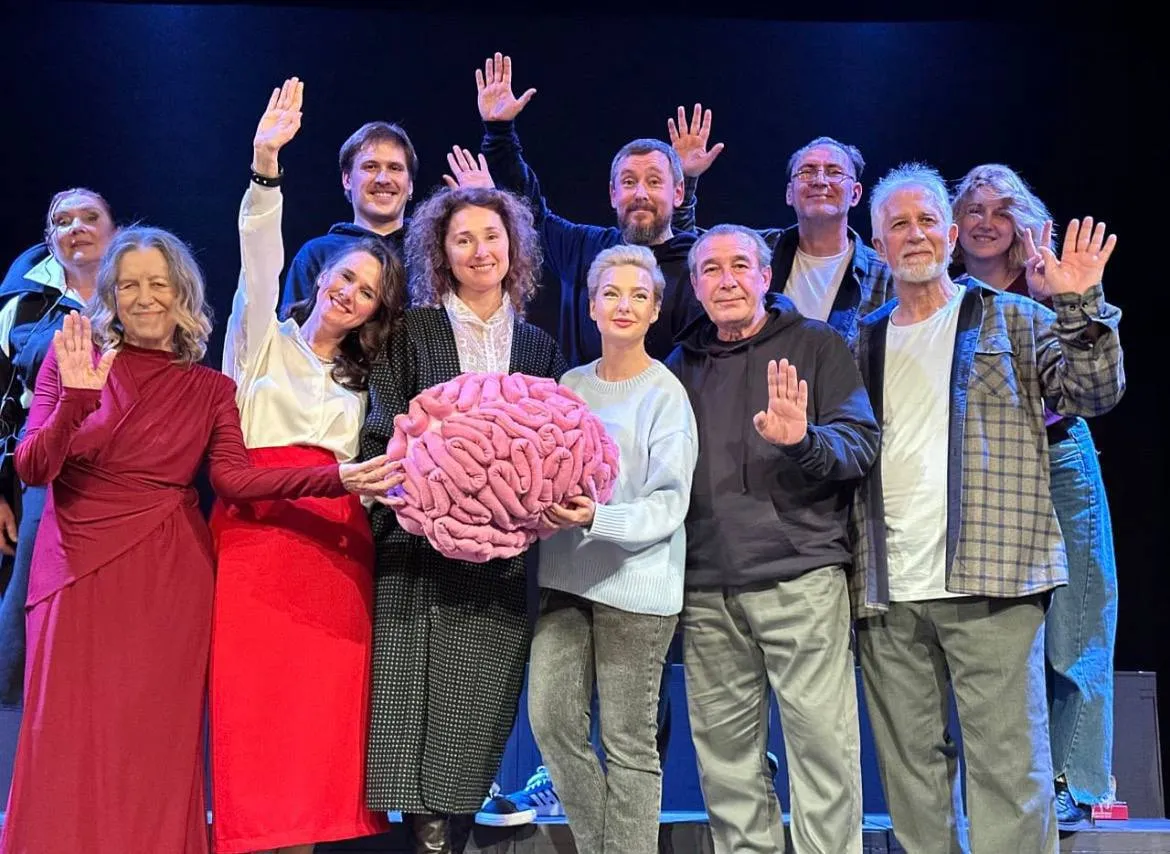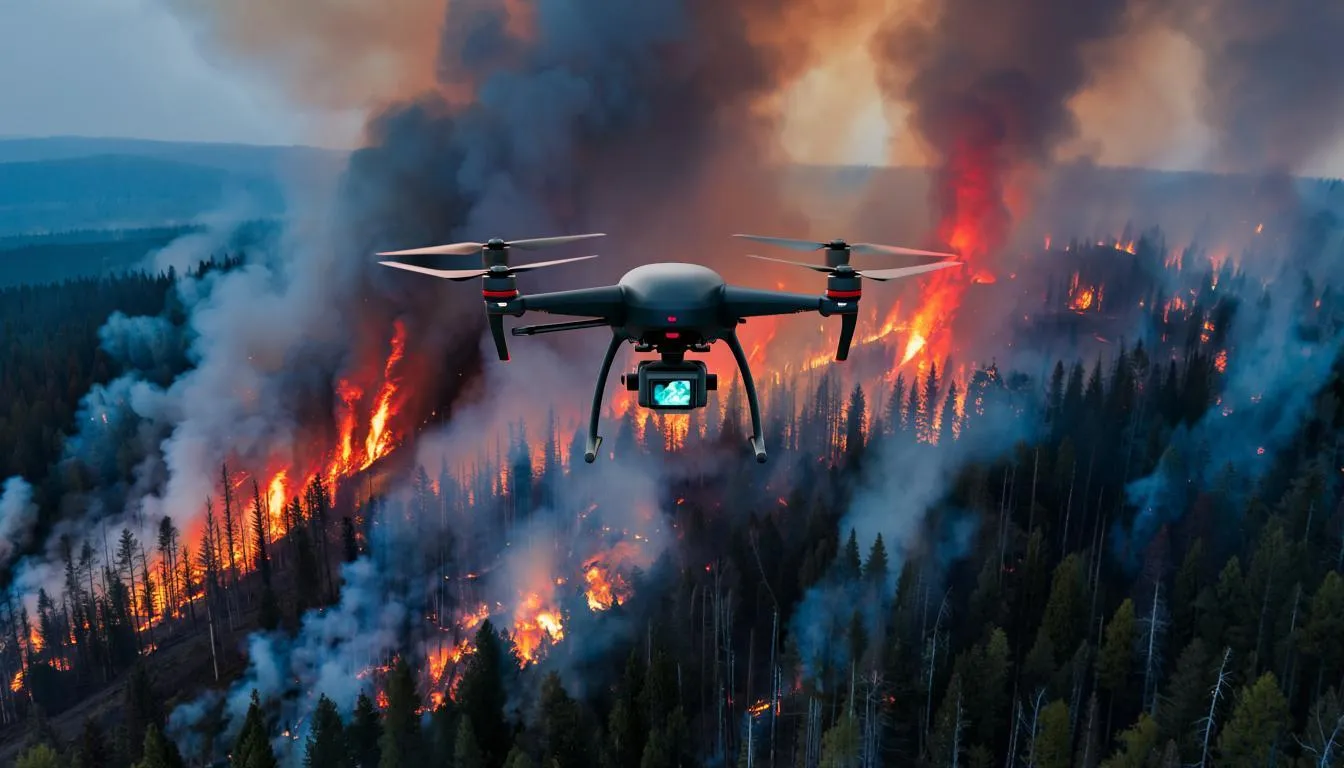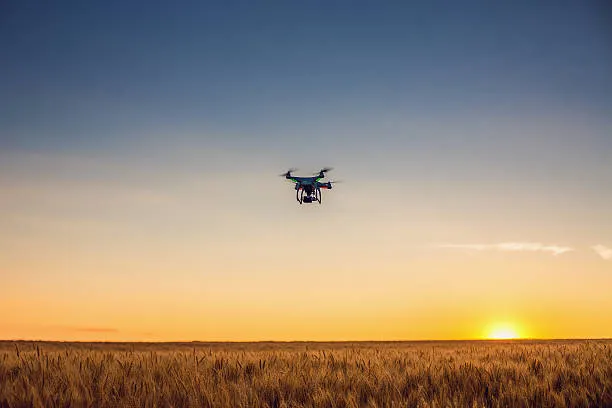Russian Trauma Surgeons Gain ‘Smart’ Assistants
Artificial intelligence tools are now helping Moscow physicians detect complex fractures faster and with higher accuracy, improving treatment outcomes and preserving patients’ mobility.
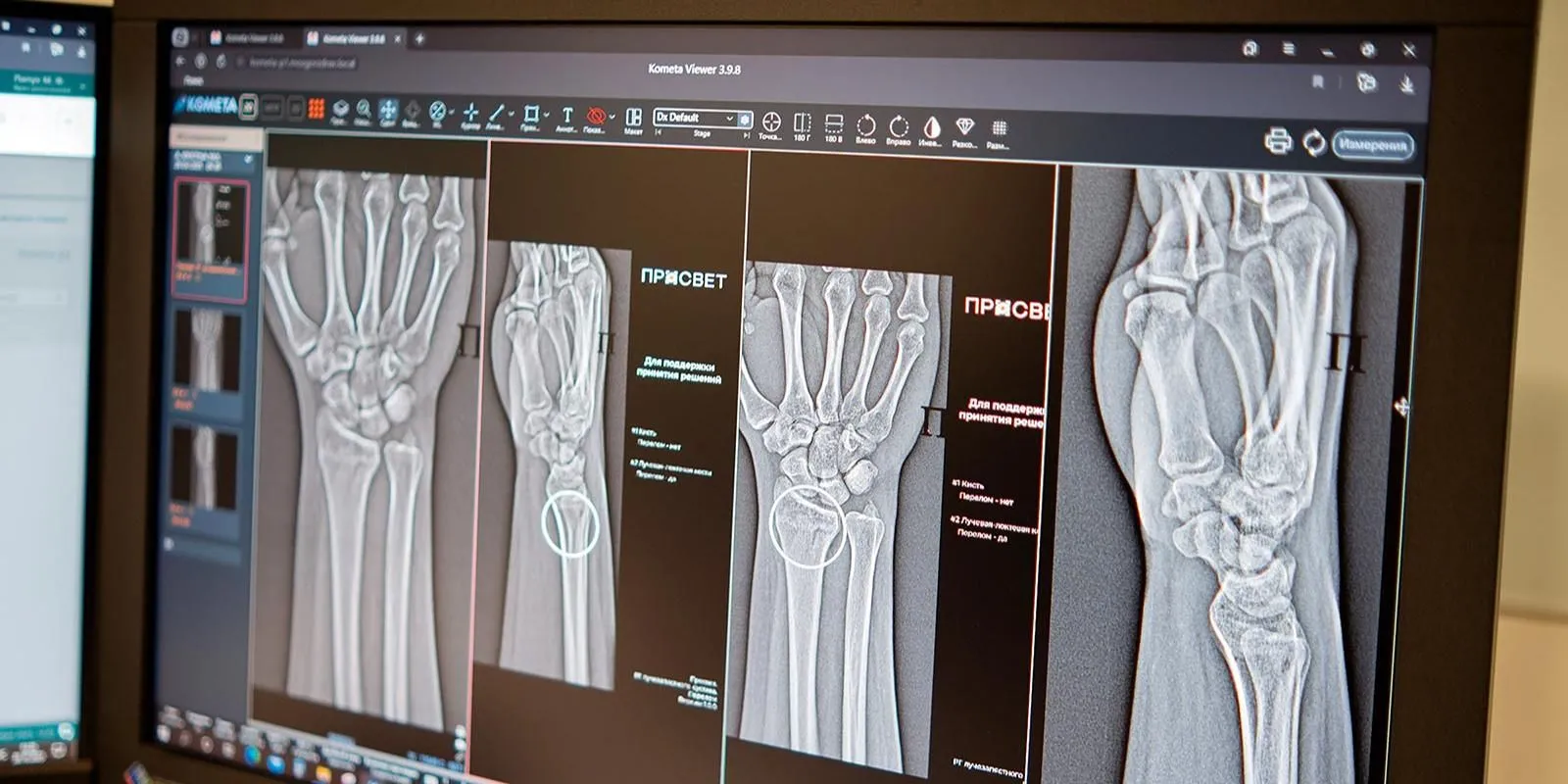
Doctors in Moscow have begun using two new AI‑powered diagnostic services to identify complex fractures of the ankle and wrist. These digital assistants analyze X‑ray images, detecting even subtle cracks and multiple injuries, enabling clinicians to prescribe timely treatment and prevent long‑term complications.
The neural networks automatically locate damaged areas on scans and perform key measurements. Their critical advantage is the ability to highlight several fractures within the same anatomical region — a factor that directly influences treatment strategy and reduces risks such as bone deformation or joint dysfunction.
According to her, with high patient load, intelligent assistants help maintain diagnostic quality and speed. Today, Moscow doctors have access to more than 60 such AI services across 43 clinical areas.
This initiative is part of Russia’s large‑scale digital healthcare transformation. The integration of advanced computer‑vision systems into clinical practice aligns with Moscow’s medical development strategy through 2030, aiming to expand accessibility and improve the quality of care.





